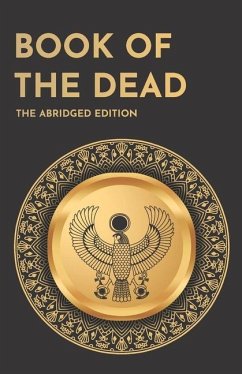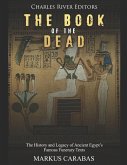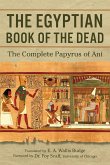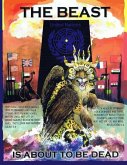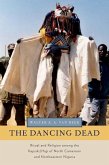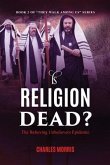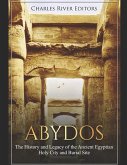The Book of the Dead (of the ancient Egyptians) is a work that has been published many times. This "magical" work is a collection of funerary texts dating back to Pharaonic Egypt, and the interpretation and meaning of some of these texts remain a mystery. Some authors, such as Budge (1898), wanted to provide the most literal translation possible, while others, like Kolpaktchy (2009), wanted to try to go beyond the words and understand the hidden meaning of these writings. However, an exact interpretation of this set of texts is almost impossible. In his introduction, Kolpaktchy explains that Chapter LXIV of the Book of the Dead is a chapter whose translation and interpretation are subject to debate. This chapter was one of the most important chapters of the book, if not the most important. Indeed, the title "Coming Forth by Day" is the same title as the Book of the Dead itself (the Book of the Dead not being its original title). Thus, in this sort of final note added at the end of the introduction, Kolpaktchy recommends two things. The first is to pay special attention to the translation of chapter LXIV. The second is to add to his reading the most well-known chapters: Chapters XVII, XLII, and CXXV. That is why this book is structured as follows: The first chapter is Chapter LXIV, followed by the other three recommended by Kolpaktchy. This new interpretation also aims to be more contemporary and inclusive. It also uses the structure used by Kolpaktchy in his translation, i.e. one sentence (or part of a sentence) per line. Each chapter contains the title, the number of the chapter transcribed, as well as a short introduction with some explanation concerning the content of the following chapter.

